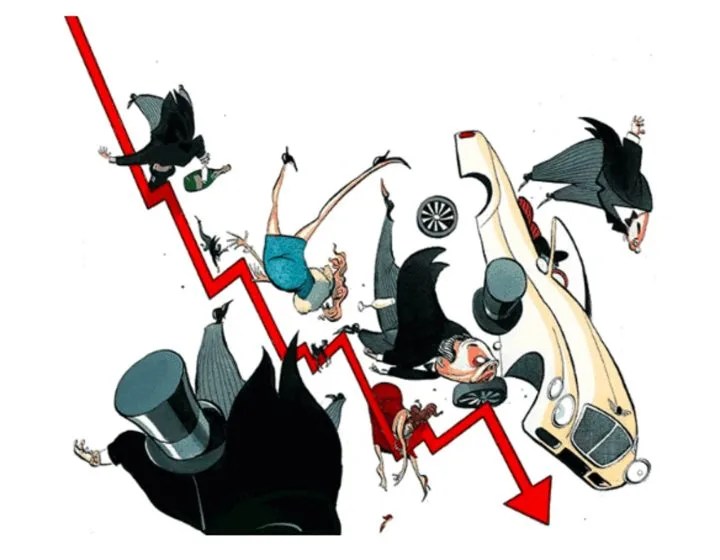Earlier in the week, the stock market responded very positively to news that inflation had come out a little lower than expected (even though, at 7.9 per cent, it is still far ahead of where most forecasters, from the vantage point of the beginning of 2023, would have expected it to be by now). Markets have been left largely unmoved, however, by two pieces of positive news this morning: lower than expected public borrowing in June, and higher retail sales, also in June.
The volume of sales was up 0.7 per cent in June compared with May. While that was, in part, due to the extra bank holiday in May, which suppressed sales in that month, sale volumes were also up quarter on quarter, by 0.4 per cent. Sales were, however, down 1.0 per cent on June 2022.
The retail sales figures are consistent with other piece of data, notably GDP itself, which suggest that the much-anticipated recession of 2023 has still not arrived, and may never do. The closest we came to recession was in the latter half of 2022, with a very modest recovery during 2023. Overall, the economy is more or less flat-lining. Not only is there little in the way of growth, but retail sales have never quite regained the ground they lost during the pandemic. We have an economy which is more or less frozen at the size it happened to be at the beginning of this decade.
High interest rates (or at least interest rates which are high by recent standards; they are much less so by historic standards) are inevitably going to impact on retail sales as people struggle with mortgages and other loans. However, negative real interest rates may also be helping to encourage spending among those who are net savers. Even after this week’s fall in inflation, many savers will be receiving interest of minus five per cent. That is not much of an incentive to save – rather it acts as an encouragement to go out and spend your money now, before prices in the shops rise further.
June’s retail sales figure also suggest that there has been a slight pullback in online sales over the month, possibly a reaction to the three bank holidays in May. The pandemic was widely predicted to bring a massive shift towards online retailing, which it did in the short term. Subsequent data has suggested there is still a role for physical shops. The proportion of sales which are made online seems to have settled down at a little under 10 per cent in the case of food and just under a quarter in the case of non-food retailing. The exact figures for June were: food, 8.5 per cent of sales online, clothing and textiles 26.5 per cent and household goods 25.9 per cent. There is a little encouragement there, at least, for the High Street.







Comments